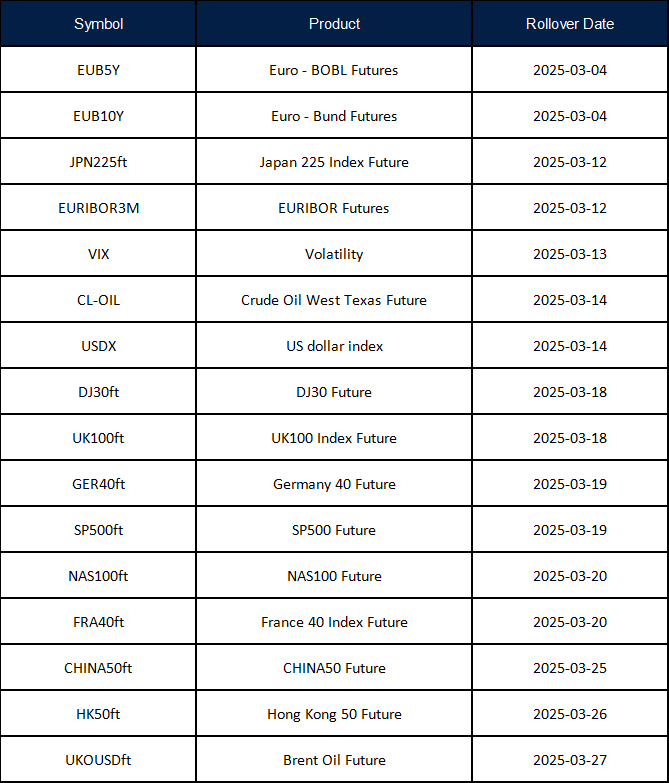EUR/GBP is trading around 0.8260 as concerns regarding potential US tariffs on the UK grow. President Trump indicated tariffs might be imposed after discussions with PM Keir Starmer, creating risk aversion amidst US-EU trade tensions.
The Pound Sterling weakened following this announcement and Bank of England Member Swati Dhingra’s support for several rate cuts. Dhingra noted that maintaining a pace of rate cuts would still leave monetary policy overly restrictive by the end of 2025.
Tariffs, customs duties aimed at protecting local producers, are considered by some economists necessary while others view them as harmful. Trump has indicated plans to impose tariffs to bolster the US economy, particularly on imports from Mexico, China, and Canada.
With the euro currently hovering near 0.8260 against sterling, we are watching the market wrestle with political uncertainty and monetary expectations. Concerns over potential US tariffs on the UK have unsettled investors. After discussions between Donald Trump and Keir, the possibility of increased trade barriers has come into sharper focus, pulling the pound lower.
In response to these developments, traders have shifted towards safer assets, a pattern that often emerges when global trade relations look fragile. As a result, sterling lost ground, amplifying the euro’s strength. Beyond trade disputes, policy signals from the Bank of England remain in focus. Swati’s support for multiple rate cuts has reinforced an expectation that UK interest rates may fall faster than previously thought. She argued that even with planned reductions, borrowing costs would likely stay high by the end of next year. Markets have responded by factoring in a looser monetary stance, pushing investors to reassess their positions.
A key question moving forward is how trade policy concerns and monetary shifts will affect sentiment in the derivatives market. Tariffs, which are intended to protect domestic industries from foreign competition, have long been a source of debate. Some argue they support jobs and manufacturing, while others warn they raise costs for businesses and consumers alike. Trump has left little doubt about his intentions on this front, reaffirming plans to impose tariffs across multiple trade partners, not just the UK. This stance has led to increased speculation regarding the potential economic fallout.
As a result, the coming weeks could see further volatility. Political shifts, interest rate bets, and shifting trade policies are creating a fluctuating environment where sentiment can pivot quickly. Given how markets have responded to similar situations in the past, movements in EUR/GBP will likely depend on both upcoming central bank signals and any fresh developments on the tariff front.










